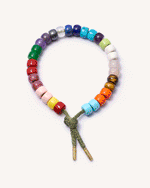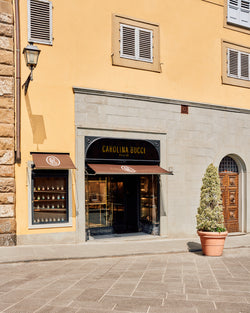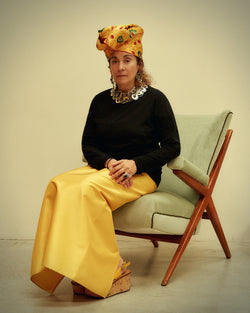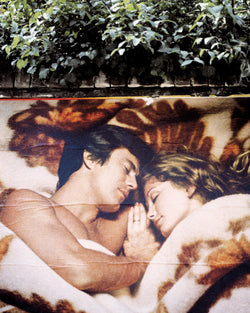I was lucky enough to meet Carolina about fifteen years ago. We connected intuitively over a respect for craft, an enthusiasm for culture and a thoughtfulness in the way we work and live. Over the time we have known each other, we have collaborated on many creative expressions of her brand from identity, to packaging, communications, art direction and film. During this process I have had the pleasure of exploring the historic archive of the Bucci family business. A visual narrative, rich and layered with cultural context and the personalities and passions of multiple generations of this special family.
Italian Typography and the Bucci Archive
Published on 6 minutes read
"The simplicity belies an innate sense of style and aesthetic confidence. Look closely and you will be able to see an unexpected combination of sans serif, script, heavy serif and condensed typography. This is extraordinary and reflects the bravura of the time."

Ferdinando Bucci packaging ephemera.

Ferdinando Bucci invoice form.
"The Carolina Bucci archive makes me emotional. I can feel the spirit of the family in the seemingly everyday ephemera of communications."














































